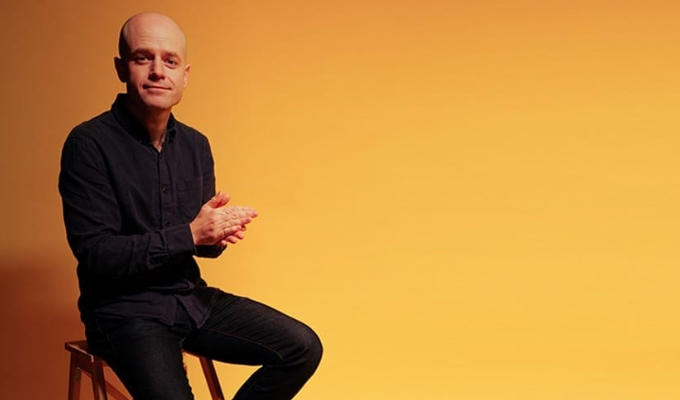Secret of comedy? Poetic parallelisms
New academic research out
A new academic report has studied the mechanics and linguistics of stand-up – and concluded that the key is a set-up followed by a punchline.
Douglas Glick, an assistant professor of anthropology at Binghamton University in New York, analysed two of Eddie Izzard’s routines for a paper to be published in the scientific journal Language & Communication.
He said that stand-ups follow a complex formula, employing linguistic techniques.
Glick said Izzard is a ‘complicated performer - especially when you see how many pages it took me to describe analytically what is two to three minutes of material at the most’.
He said that many stand-up routines follow three steps: ‘foregrounding,’ which is coming up with an unexpected concept or situation; then setting up a comparison; then the pay-off ‘that makes the comparison between what we expected, and what happened, funny.’
Glick says one comic technique is the use of ‘chronotopes’, or the use of imaginary characters to play out scenes, and ‘poetic parallelisms’ when a comic repeats patterns in delivery or material.
The academic illustrated his theory with an Izzard routine in which he imagines Britain as a spoiled child who travels the world conquering it
Asif Agha, associate professor in the department of anthropology at the University of Pennsylvania, told the Discovery Channel that ‘Glick’s analysis is an important step in analyzing how such humour works, why it is socially acceptable, and why it appeals to so many people who otherwise find political issues, to a degree, taboo’.
Published: 13 Apr 2007






